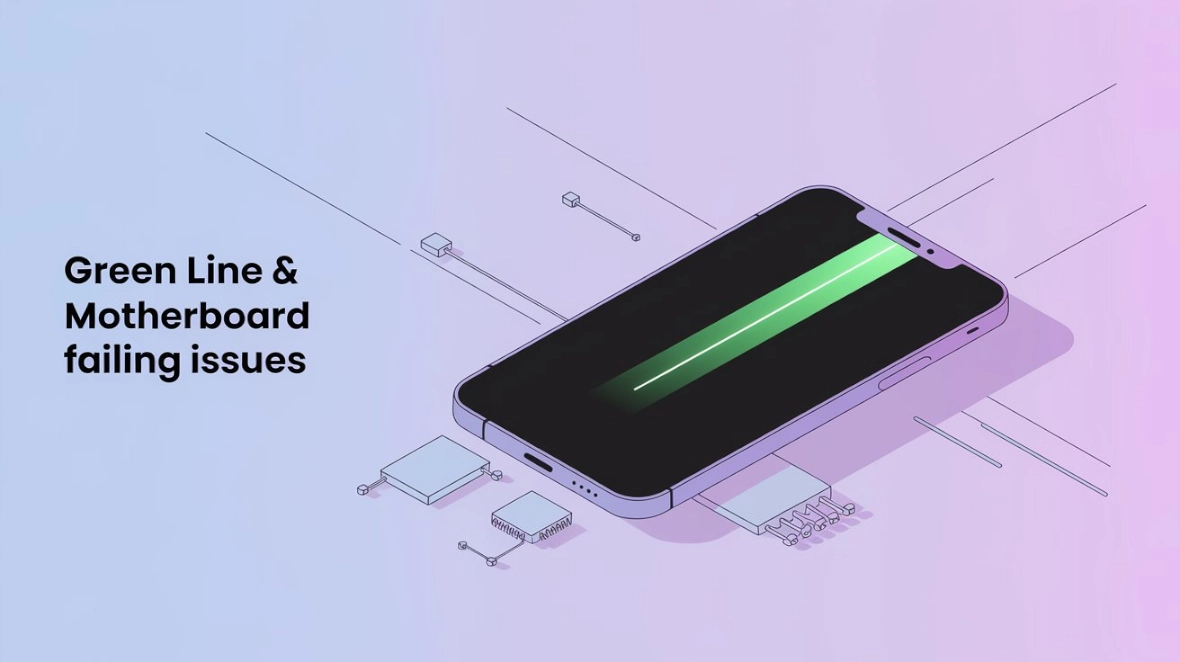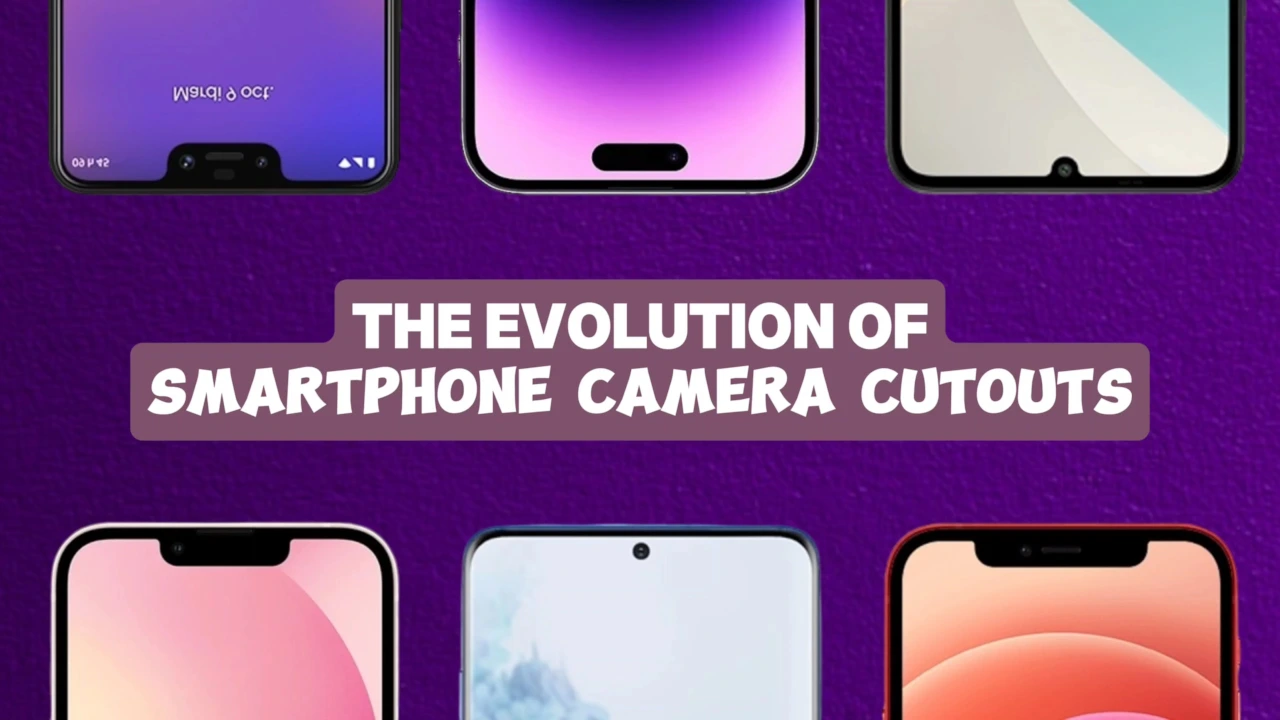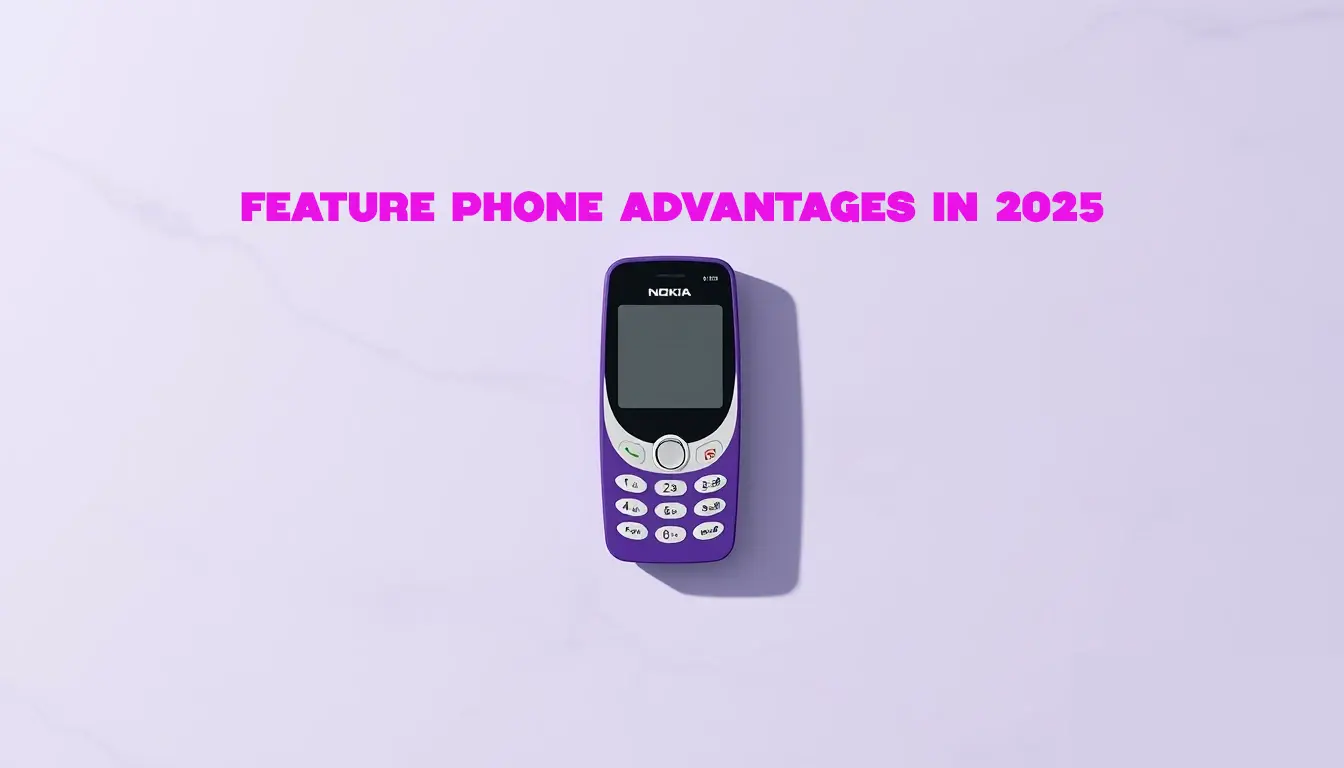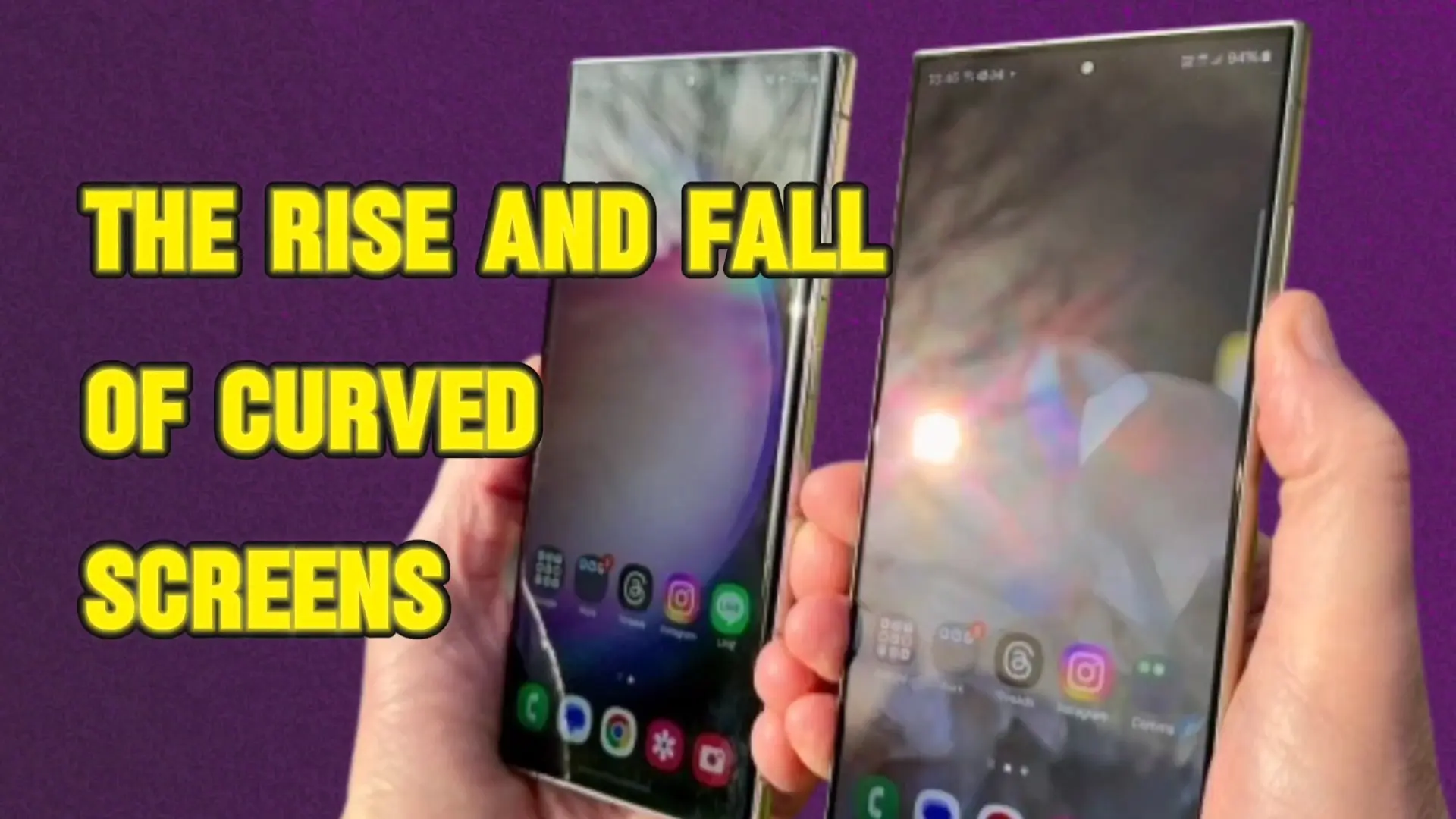Remember the era when smartphones embraced the pop-up selfie camera in smartphones? There were no notches or hole-punch cutouts—just a clean, uninterrupted display. This innovative notch-free design gave us the immersive, full-screen display we’d always wanted. But as quickly as pop-up cameras appeared, they vanished from the market. So, why did this promising smartphone innovation fade away?
Table of Contents
Let’s take a closer look at the rise and fall of pop-up selfie cameras in smartphones, their impact on smartphone design, and the reasons why manufacturers ultimately moved on from them.
The Promise of Pop-Up Cameras
The full-screen trend in smartphones took off after Apple’s 2017 release of the iPhone X, which introduced the now-iconic notch. While Apple adopted a screen cutout, other manufacturers sought ways to deliver an even cleaner, notch-free design. The pop-up selfie camera in smartphones was their answer, allowing the front camera to emerge from the top edge only when needed, disappearing when not in use.
Phones like the OnePlus 7 Pro popularized this feature, providing a seamless viewing experience that looked futuristic and innovative. The design also appealed to privacy-conscious users; with the camera hidden inside the phone when not in use, it offered a reassuring layer of smartphone privacy features.
The Downside of Moving Parts
Despite their appeal, pop-up selfie camera in smartphones introduced new challenges. For the first time in years, smartphones included mechanical components—something unusual in a field dominated by solid-state technology. Many consumers were wary of this added complexity, concerned about the reliability of smartphone moving parts over time.
Moreover, pop-up mechanisms compromised the phone’s water and dust resistance. With water resistance a key feature in flagship smartphones, this limitation made pop-up selfie camera in smartphones feel less practical, especially in a market where durability is crucial.
Practical Issues: Battery Life and Space Constraints
Pop-up selfie cameras in smartphones also impacted the phone’s internal structure. The motors needed for the pop-up mechanism took up valuable space that could otherwise be used for a larger battery or additional hardware. This trade-off affected battery life in smartphones and reduced space for other essential components, which became significant drawbacks.
The Shift Toward Simpler Solutions
As pop-up cameras gained traction, brands quickly realized the appeal of simpler, more durable alternatives. Consumers adapted to small hole-punch cutouts, finding them far less intrusive than initially expected. Our eyes naturally adjusted, and these minor design intrusions started to blend into the viewing experience.
At the same time, manufacturers turned their focus to under-display camera technology—a technology that could offer a full-screen display experience without moving parts. Although under-display cameras are still maturing, they address many concerns associated with pop-up mechanisms, providing a solid-state solution that is both durable and efficient.
Evolving Design Trends and the Legacy of Pop-Up Cameras
Today, even Apple’s Dynamic Island on the iPhone embraces the screen cutout, transforming it into a functional feature rather than a design flaw. This trend highlights how brands have shifted from hiding front-facing cameras to integrating them into the user experience in new ways.
Though the pop-up selfie camera in smartphones trend was brief, it had a lasting impact on smartphone design. These mechanisms pushed manufacturers to innovate, accelerating the development of cleaner, more immersive displays. In many ways, pop-up selfie cameras in smartphones served as a testing ground, proving that consumers desired a full-screen display experience and that brands needed to pursue solutions without the drawbacks of moving parts.
Conclusion
The pop-up selfie camera in smartphones may have come and gone quickly, but it left a mark on smartphone history. It was a bold experiment that showed us a glimpse of what a full-screen smartphone could look like. As technology continues to advance, we may see more refined solutions that balance screen immersion, durability, and practical design—giving us the all-screen future we still crave.





